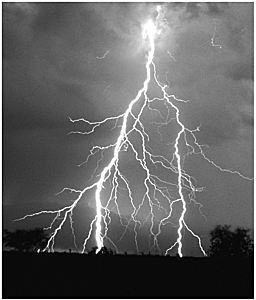Chapter 22. Leveraging J2EE
As you already know, ColdFusion MX was developed in Java and runs on top of a J2EE application server. This is an exciting step for Macromedia, which has chosen to broaden the reach of ColdFusion by making it runnable on a number of new platforms and on application servers from IBM, Sun, and BEA, as well as their own JRun. Users in the Java world will get to know the easy and rapid development possible with ColdFusion, while ColdFusion developers will get the unparalleled performance, scalability, robustness, and reliability of the mature J2EE architecture. Another wonderful thing about Macromedia's approach to developing ColdFusion in Java and on top of J2EE application servers is its new and improved support for integrating with J2EE technologies. This enables you to develop in ColdFusion as well as Java Server Pages (JSP), Java Servlets, Java classes, and Enterprise Java Beans (EJBs); and you can seamlessly integrate with legacy and existing J2EE applications and systems. In this chapter, we are going to show you how to work with JSP, Java Server tag libraries, Java Servlets, and various Java objects such as generic classes and Enterprise Java Beans. We will not be providing a Java tutorial, however; so if you don't have a background in Java, you should look to the many excellent books on the subjects of J2EE and Java. |
EAN: 2147483647
Pages: 579
